Q1. How has the shift to a remote and hybrid work environment over the past year complicated the data discovery challenge for enterprise organizations?
Many enterprise organizations built their data discovery programs around on-premises use cases for databases and file shares on servers that lived inside the company's firewall. When people worked at their desktops in the office, data had a harder time leaving an organization because the physical device never left the building.
Removable/portable devices like laptops and mobile devices meant that data began to travel more outside the organization's four walls. Most recently, remote and hybrid work environments have resulted in an organization's data being remote along with its users. More data resides outside the firewall to cloud storage and SaaS applications, and users pull data from multiple sources onto laptops and other devices. There is an increased challenge in understanding not only who is accessing company data, but where that data is being preserved.
Now, in addition to being able to discover data in structured environments like on-premises databases and applications, the enterprise needs to be able to discover sensitive data in the cloud and on user laptops or other devices. Because users are constantly creating and manipulating data on those devices, data discovery then needs to be executed in near real-time.
When sensitive data is discovered, decisions need to be made on what to do next. Should the data be encrypted, masked, quarantined, deleted, or otherwise protected? It is critical that an enterprise's data discovery be paired with policy-driven remediations to automate the protection in all locations, especially on endpoints that are increasingly likely to be outside the organization's walls.
Q2. What do enterprises need to understand about the difference between data protection and data security? Why does it matter?
There are similarities in data protection and data security, and many people use the terms interchangeably. But, if you look at the promises of protection versus security, you can see that they are geared toward different goals and outcomes.
Data security measures are in place to protect your data from unauthorized access that could lead to data compromise. In contrast, data protection measures are employed to keep your data safe in the event of unauthorized access or distribution. Basically, if there is a breach of data security measures, data protection kicks in to keep your organization's data safe.
Traditional data security measures are typically geared at external threats – the type of attacks that make the news. However, it is the threats that originate from inside an organization that are more challenging to detect and prevent. One reason is that insiders aren't always intentionally posing a risk to data security. Therefore, a more holistic approach that incorporates elements of data security and data protection can offer the most peace of mind.
Data can be protected in many ways, including logging access, data encryption, data masking, redaction, and quarantine. As with any security program, it is important that data protection is automated and driven by policy to prevent the well-intentioned user that makes a bad decision from putting an organization's data at unnecessary risk.
Q3. What do you expect will be top of mind issues for your customers at Black Hat USA 2021? What does PKWare plan on highlighting at the event?
Technology continues to grow and improve, and its heightened use naturally increases vulnerabilities for hacking and data theft. We've already seen a 300 percent increase in ransomware attacks in the last 12 months. But that doesn't mean that a breach or a hack should be considered an accepted business risk. It's all preventable, and cyber resiliency is possible—if you have the right systems, training, and mindsets in place.
At Black Hat, PKWARE is specifically highlighting the ability to build cyber resiliency for financial services institutions. In 2019, financial services companies were targeted for malware attacks more than any other industry. Of course, financial institutions must have the proper defenses in place to protect data. But it's also vital for these organizations to take precautions that will ensure security and data teams can minimize the total financial and brand impact if a breach does indeed happen.
PKWARE knows It is possible to defend against the multitude of cyberthreats aimed at financial services. Awareness is key: knowing what data you have and where it is, who it belongs to, the financial risk of each independent system where data resides. When organizations can be proactive rather than reactive to data threats, there is a much better opportunity for data privacy and security success. Our VP of Privacy and Security will demonstrate to users how our full suite of data protection and security products can keep their most vital and sensitive information safe no matter where it lives or moves.










